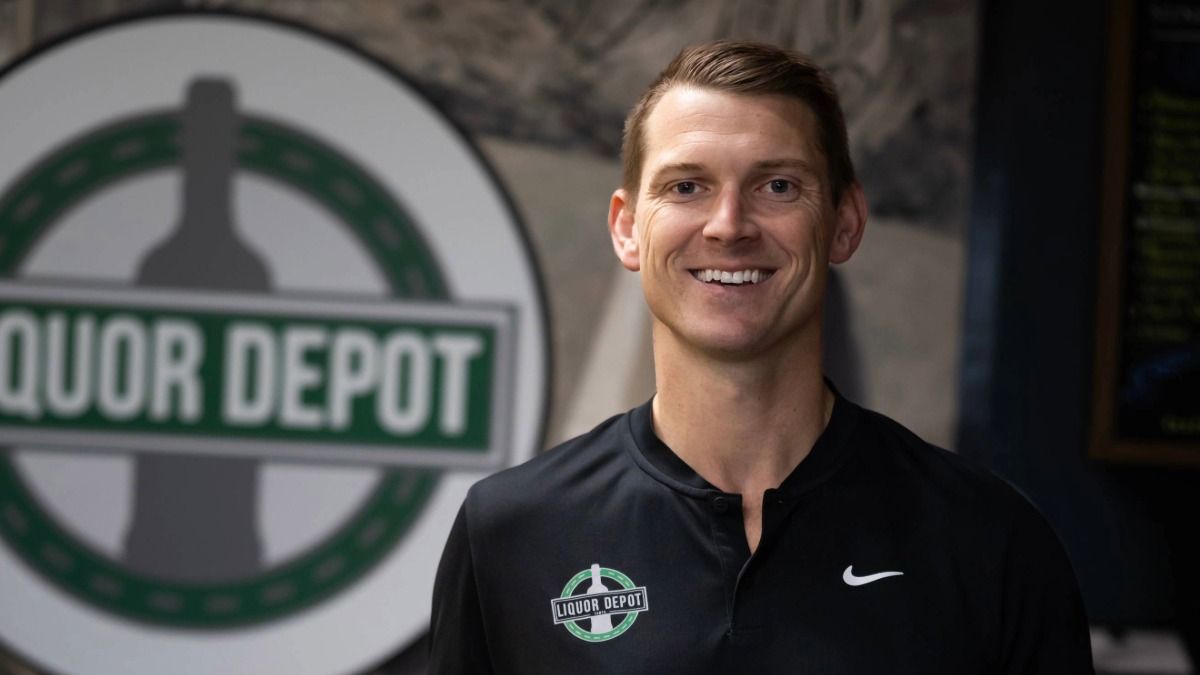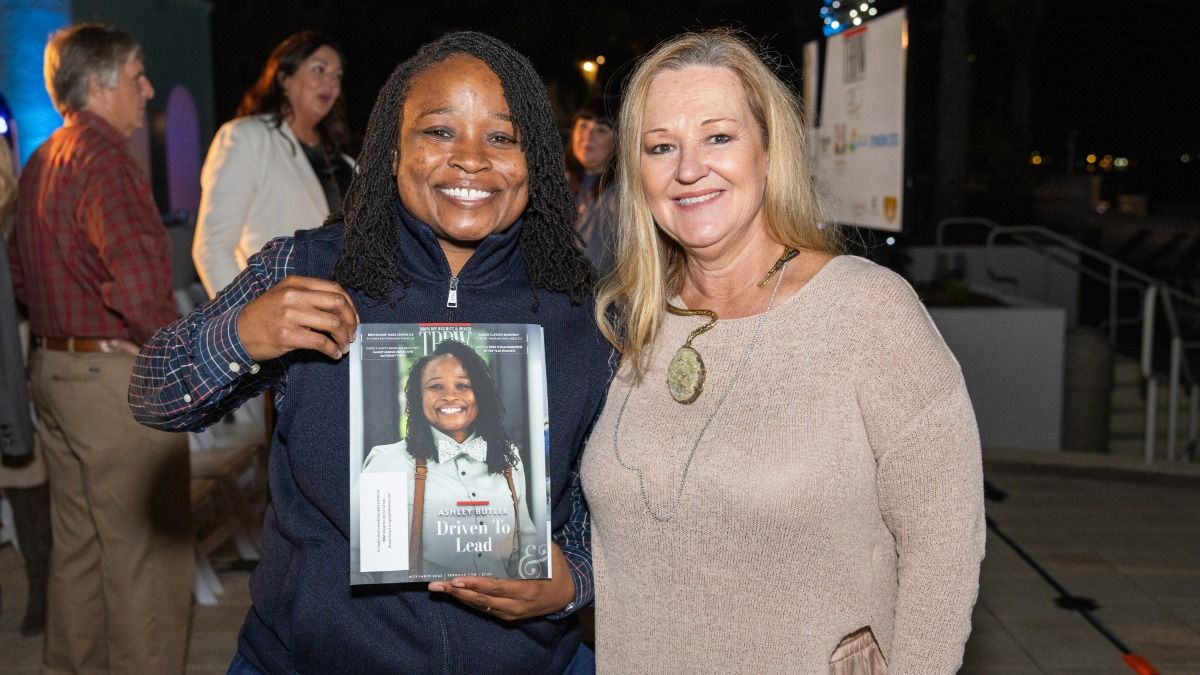Ask any sales leader whether they want to build a high-performing team and the immediate, and obvious, answer will be, “Yes.” But what are the specific best practices that support this goal? Here are three that we have observed in organizations that are thriving thus far in 2021.
First, and foremost, create clarity about the salesperson’s role. A simple, and effective, way to begin to do this is to invest a little time in a KARE analysis. (See my TBBW article in the February 2021 issue) Is the role you are seeking primarily responsible for keeping existing customers, for acquiring new customers, for recapturing customers who have been lost or for expanding business within a current account? These are four very different priorities and a written job description should clearly identify for you – and for the sales professional – exactly what the expectations are for the role in question.
Next, identify the high performers on your current team. Considering the role you have just identified, ask yourself these questions. Which team member best fits into each role? If you could, who would you like to “clone?” Who would you most want to serve as a role model to other sellers in your organization? Keep in mind the need for “cultural fit,” someone who is a high producer, but who has entitlement issues or routinely undermines values that are important to your team (such as collaboration, process adherence and transparency) should not be considered a high performer. Once you have identified the top performers, see what they have in common and create a talent profile, or a document that identifies the attitudes, skill sets, experience and competencies you would like to hire, develop and promote. You may want to do formal assessments to determine which competencies – such as independent problem-solving ability, creativity, a possibility mindset, willingness to challenge the status quo, proactivity and goal orientation – are most likely to distinguish top performers from everyone else. (I recommend OutMatch for this kind of assessment.)
Finally, break it down to numbers. What specific behaviors are necessary for success within this role? What are the metrics that connect to those behaviors? Don’t just focus on lagging indicators like closed sales. Those are the outcomes. What are the front-end behaviors that make those outcomes possible? What are the leading indicators? Identify those activities, connect them to your sales process, make them part of the salesperson’s playbook and build them into your coaching sessions. Measure, and re-assess, them regularly to make sure the KPIs you have identified are still relevant. (Last year’s numbers may not be relevant to this year.) Ensuring that the metrics you are monitoring support the salesperson’s success is a vitally important step. A recent survey from the Sandler Research Center, “Leading from the Front in Challenging Times,” found that 43% of the sales leaders surveyed have updated the KPIs they monitor, so as to reflect changing business conditions.
As the leader, it is your job to connect all the dots. You are the one who can identify the right profile and then develop and hire people that fit the profile you have identified. You are the one who is responsible for knowing what you are seeking (and not seeking) in new hires, what you want to develop and what you must coach to. It is also your job to set the personal standards, such as operating principles and values, that are consistent with what high performance looks like in your organization.
These are the proven steps for building, and supporting, a high-performance sales team that can create sustainable, competitive advantage for your organization over time. Use them. ♦
Jim Marshall is owner and president of Sandler Training of Tampa Bay, which provides sales, corporate and management training to high-achieving companies and individuals. Contact him at 813.287.1500 or [email protected].













